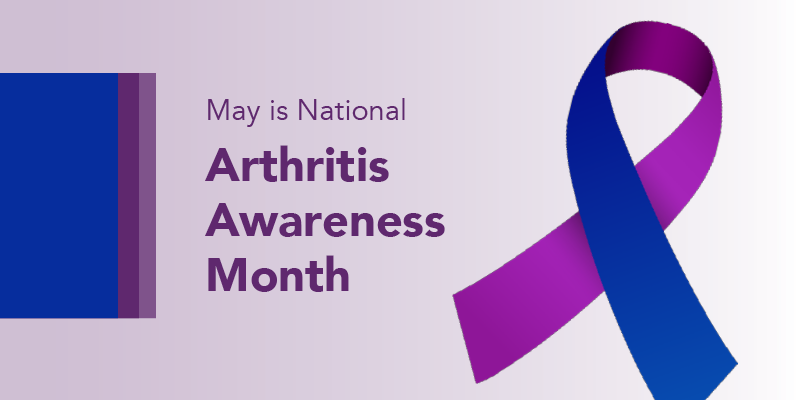
What is Arthritis?
Arthritis is a disease which occurs as a result of destruction of cartilage, weakness of ligaments, tendons and muscles. Some symptoms include pain, stiffness, limited range of motion and joint swelling. There are many different types of arthritis which can affect any age group, race and gender.
How many types of arthritis exist? Are there key differences?
There are over 100 types of arthritis. The two most common are osteoarthritis and rheumatoid arthritis.
Osteoarthritis is sometimes referred to as “wear and tear” arthritis. It is the most common type of arthritis. There is loss of cartilage in the joints. This results in loss of joint space, weakness of the ligaments and tendons and other connective tissues. Inflammation also plays a key role.
Rheumatoid arthritis is the most common type of autoimmune inflammatory arthritis. The immune system is designed to protect you from anything that may harm you. The immune systems fights off viral or bacterial infections and even eliminates the formation of precancerous cells. However sometimes the immune system can attack you instead.
How many people in the United States are affected by arthritis?
Many individuals in the United States and right here in our communities are affected by arthritis. According to the Arthritis Foundation, arthritis affects 50 million Americans. That means about 1 in every 5 adults and 300, 000 children are impacted by this disease. Arthritis is the number one cause of disability in the United States.
If I have arthritis, are there any treatments to help me?
It is important to speak to your doctor so that they can refer you to a rheumatologist. A rheumatologist is a specialist who deals specifically with the medical management of arthritis and can help to determine the type of arthritis that you have. It is so important to have your arthritis diagnosed early so that you can receive all of the necessary treatments needed to protect the life of your joints.
Some patients will need to take acetaminophen (Tylenol) or NSAIDs (which includes drugs such as aleve, ibuprofen, naprosyn and motrin) to help their pain. These medications are available over the counter. However they should not be taken without first discussing this with your doctor as all of these medications have serious side effects.
Steroid injections, performed by your rheumatologist or even orthopedist, can also help to control the pain, stiffness and swelling seen in some joints.
What if I don’t want to take medications? Are there lifestyle changes which can help me?
It has been well recognized that gut health directly impacts our joint health. A poor diet rich in fats and processed foods can offset the body’s natural flora. This results in more inflammation which can have negative effects on the joints.
Also if you smoke, STOP. Nicotine impedes blood flow to the joints. Without proper flow, key nutrients needed for the joint to survive can’t get there. Deprivation of blood flow to the joints will further compound the joint pain, swelling and stiffness. Also smoking has been linked to Rheumatoid arthritis.
A diet rich in nuts, beans, legumes, fish, fruits and vegetables can help to decrease the body’s overall inflammation and improve joint health. Work to eliminate foods rich in saturated fats, salt and sugar.
While diet is important, it is also important to keep the joints moving. Sometimes one might need physical therapy or occupational therapy to help strengthen arthritic joints. It is so important to make sure that the surrounding muscles are that much stronger to compensate for the weakness in the joints.
When should I see a rheumatologist vs an orthopedist?
Both specialists deal with arthritis. A rheumatologist deals with the medical management of arthritis. They will diagnose, prescribe medications, therapy to help your arthritis. However despite their best efforts, sometimes this is not enough. If arthritis progresses in a joint to where there is constant pain, joint immobility or instability, a person would need to see an orthopedic surgeon to discuss possible surgical interventions. These can sometimes include arthroscopy and/or partial or total joint replacement.
